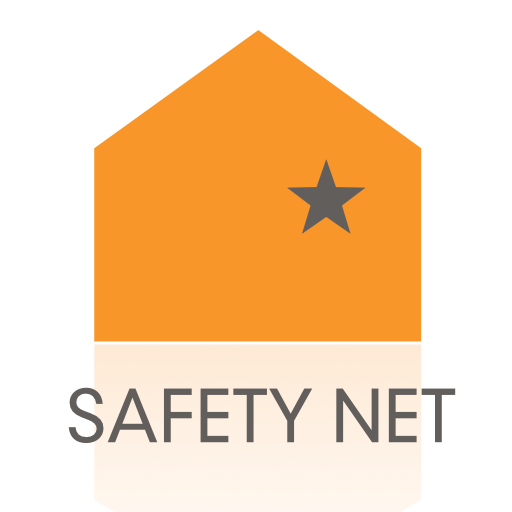Facebook Removes Search By Name Option
/
Last week, Facebook announced that they were removing the “Who Can Look Up My Timeline By Name” option for their users. Since then we have been contacted by many concerned advocates about what removing this feature means for survivors, many of whom use Facebook to stay connected with friends and family but whose privacy from their abusers and stalkers is equally important.
When Facebook first told us they were planning to make this change, we expressed that this feature is one method some survivors use to control their privacy. Opting out of being searchable by name was one way in which survivors could use to keep an abuser or stalker from finding their timeline/account.
However, Facebook explained, and we agree (because we’ve known this for a while too), that this feature gave a false sense of privacy, since even if this feature was activated, people can still be found in other ways. Some of those ways include:
Mutual friends. If you have mutual friends, unless you choose to not allow mutual friends to see your activity, many people can be found that way. Moreover, even if they have chosen to not allow friends of friends to see their activity, we have heard of many survivors whose mutual friends simply shared the information with their abuser or other people.
Username/User ID. If someone knew your exact username or userID, they can find you that way.
Graph Search. Graph search is a new searching option that Facebook has been slowly rolling out, and this type of search will make anyone searchable, even if they have selected that they don’t want to be found by name. Unlike personal demographics information, graph search reveals users based on things they like or things their friends like and other demographics information about the user that public. So, for example, if you like a particular restaurant, live in Albuquerque, NM, someone can do a search for “People who like [restaurant] in [city]” and find all the people who have liked it.
Although we are disappointed that the option to be searched by name has been removed, the safest course for survivors and advocates is to educate themselves about how they can be found on Facebook regardless of privacy settings. Users should know what kinds of information will always be public, understand how widely information can be shared online, and determine what they will share based on their own privacy risks. The reality is that social media always has, and always will, move toward a model of sharing and openness; even if something is private now, it may not always be so.
In light if that, it is important to know that these activities/information will always be public on Facebook:
Your name, profile picture, your cover photo, your username and user ID, and any networks you belong to.
Any public pictures or posts you like or comment on. For example, if you like or commented on a picture or a post where the original author set that picture or post to public, the fact that you liked it or your comment will be public.
There are a few things that survivors can do to maximize their privacy.
Check out the “view as” option, to see what someone can see when they look at your page, whether it’s as a friend, a friend of a friend, or the public.
Review your timeline by going back to previous posts on your timeline and change who can see those posts. You can even delete old posts.
Going forward, limit what you share by choosing only friends. You can even go further and create lists that will limit exactly who see the specific information you are sharing.
Take a look at Safety Net’s handout on Facebook Privacy for more privacy tips.
As Facebook continues to change their privacy settings and introduce new features to their users, it is critical that survivors and advocates understand those changes and how it affects the personal information they share on Facebook. Facebook allows users to delete old posts or pictures, so it might be time to do your own Facebook audit and clean up your timeline.


